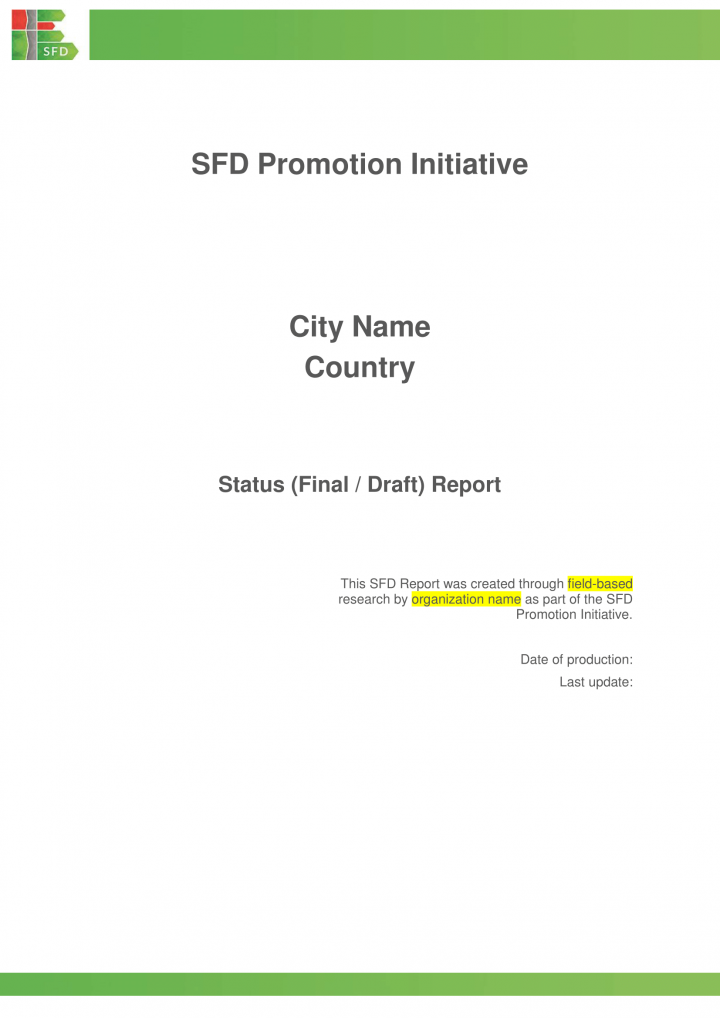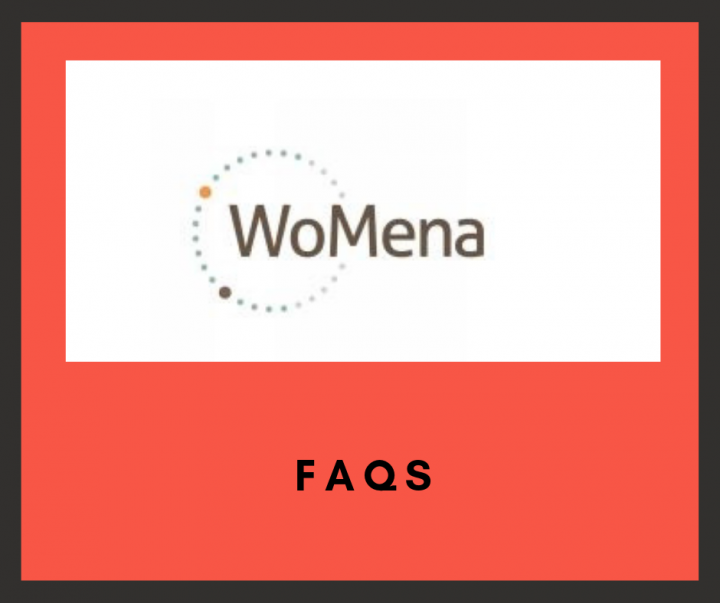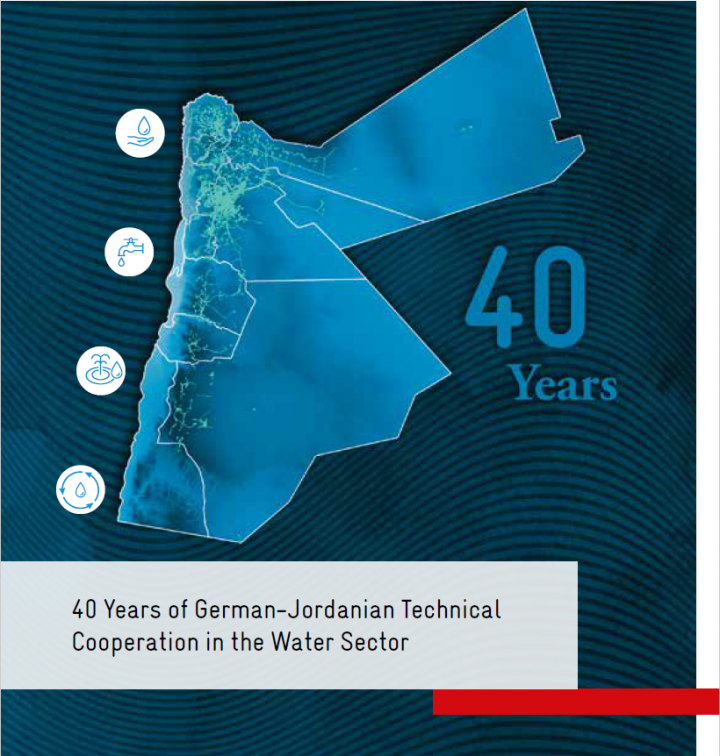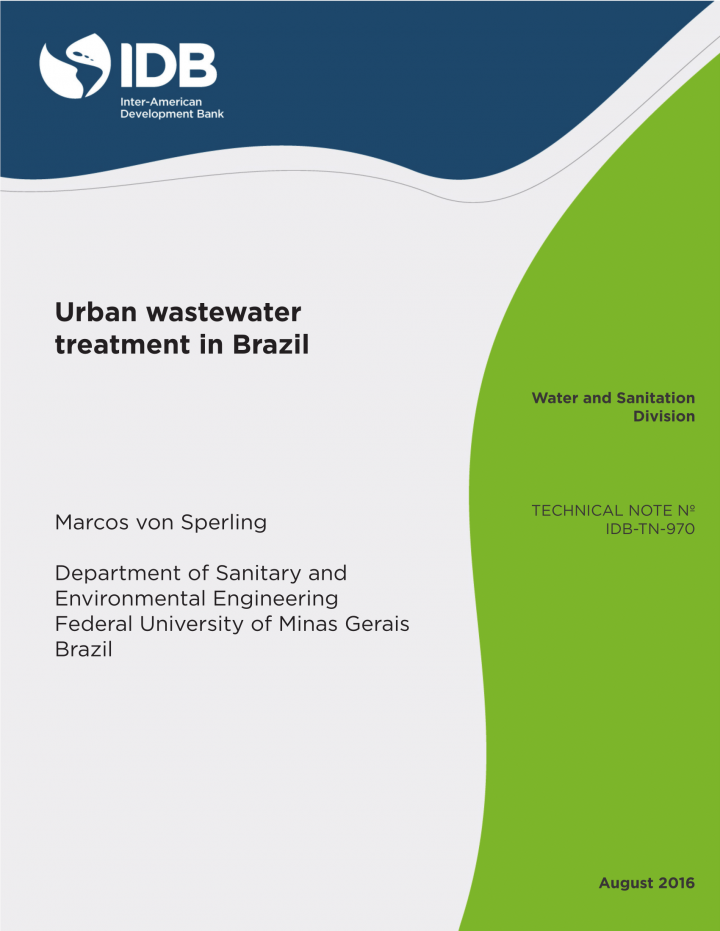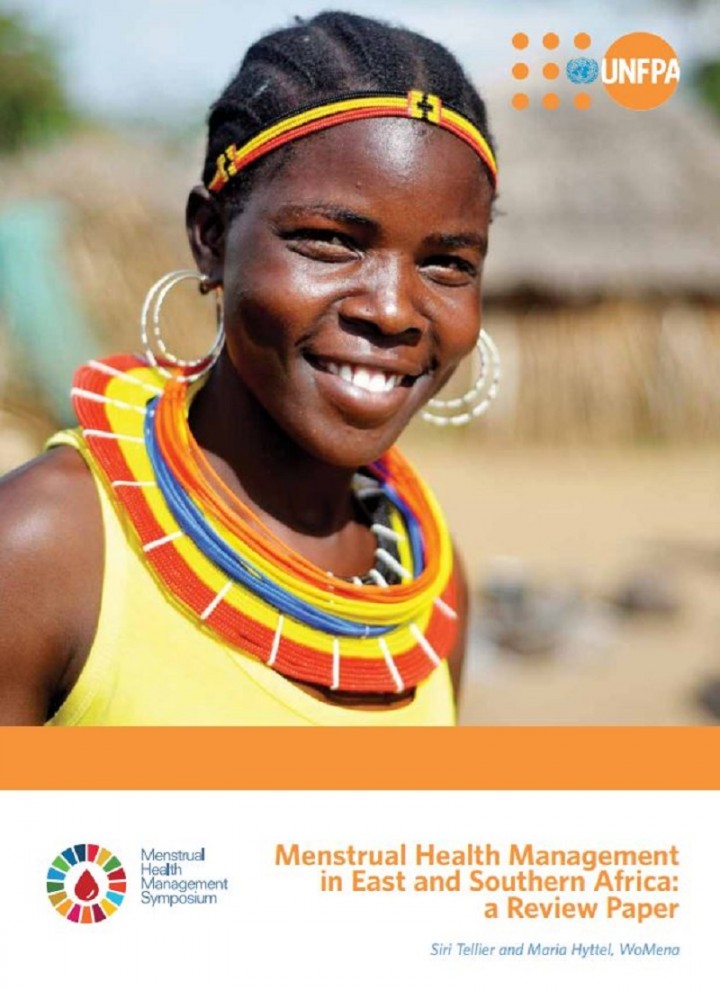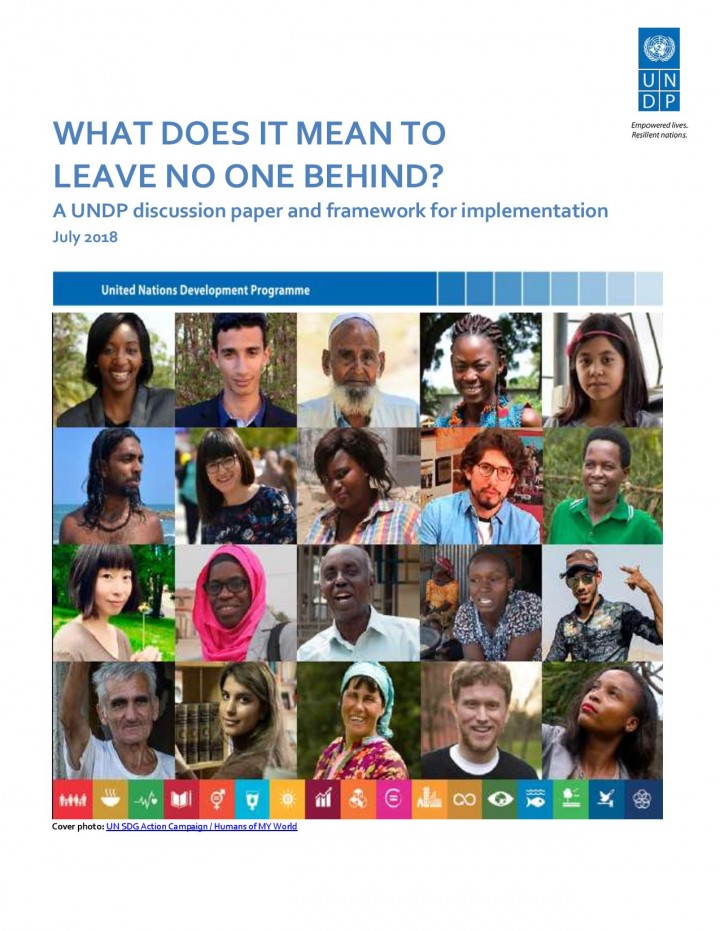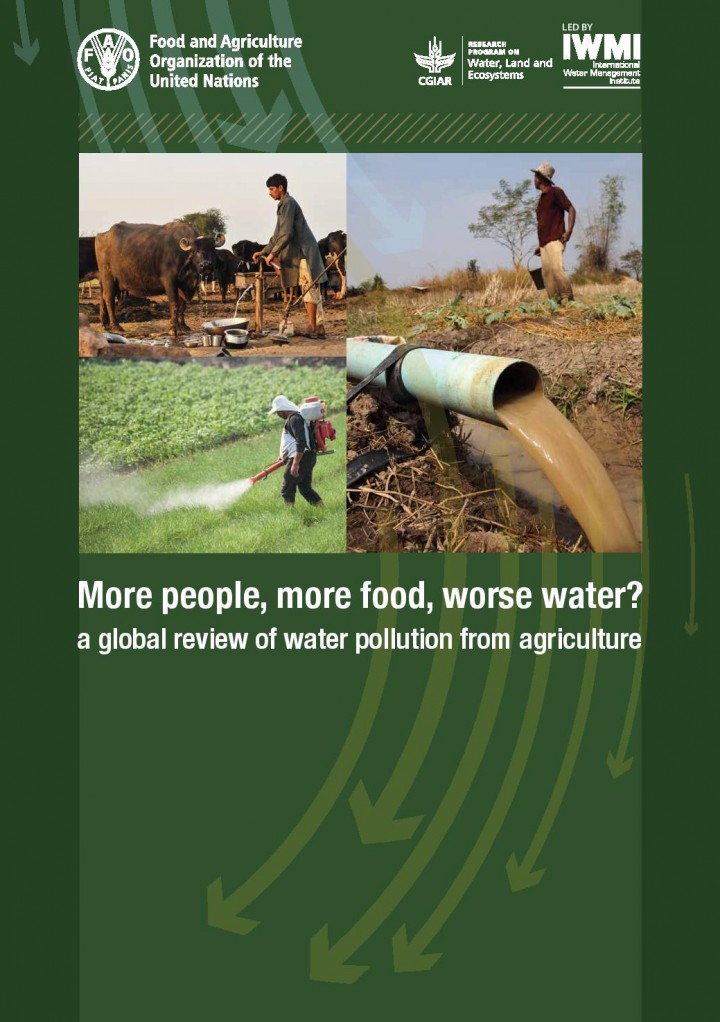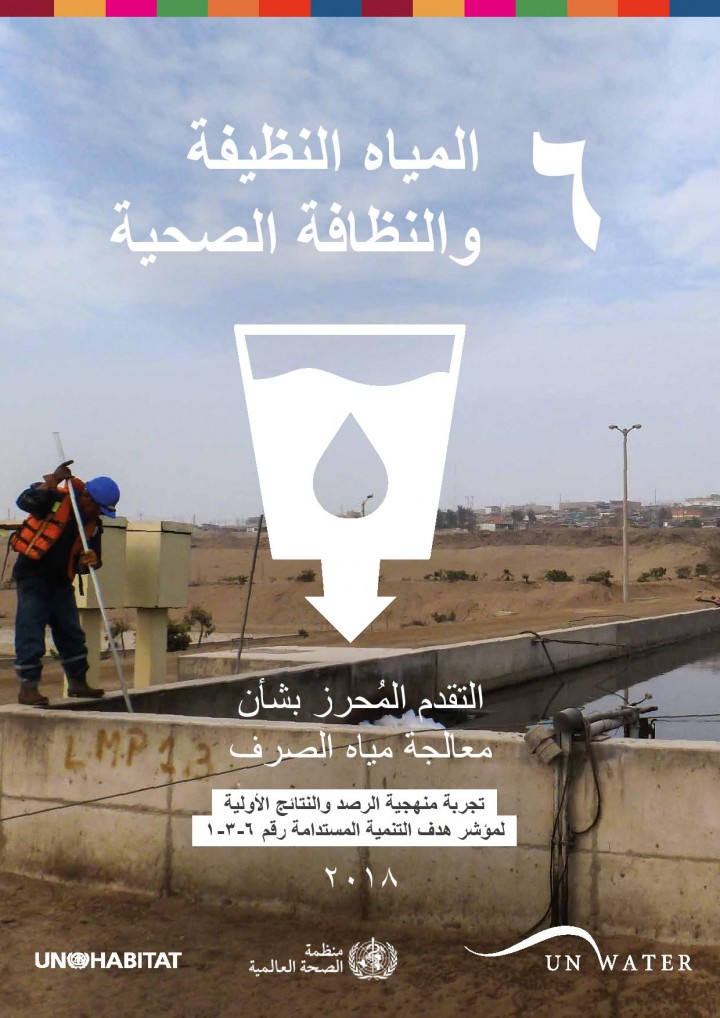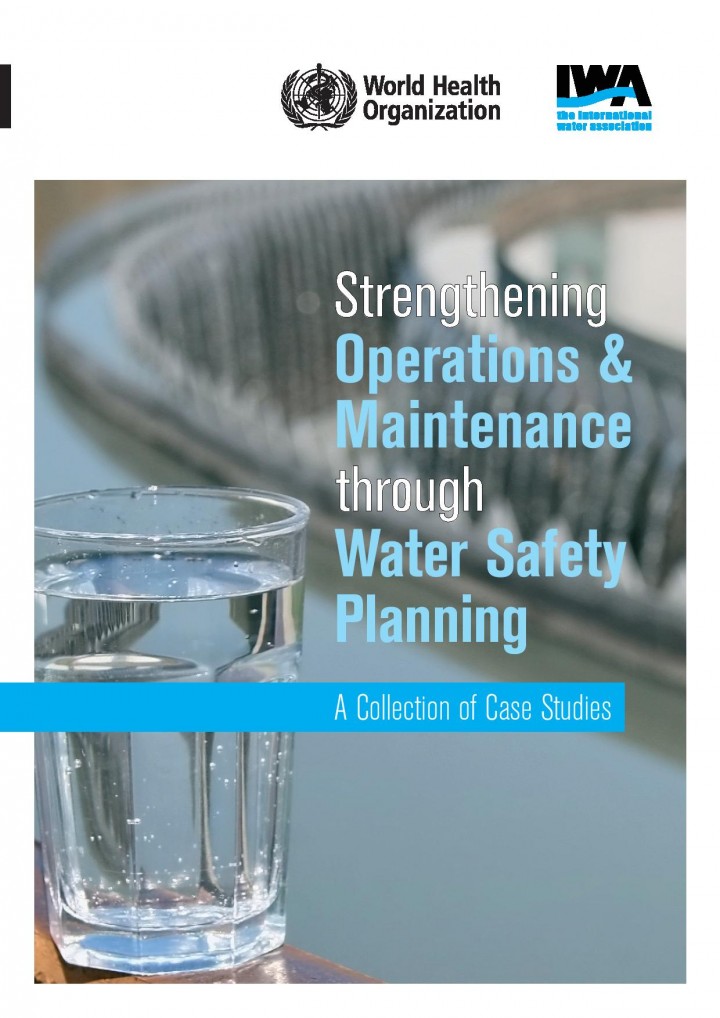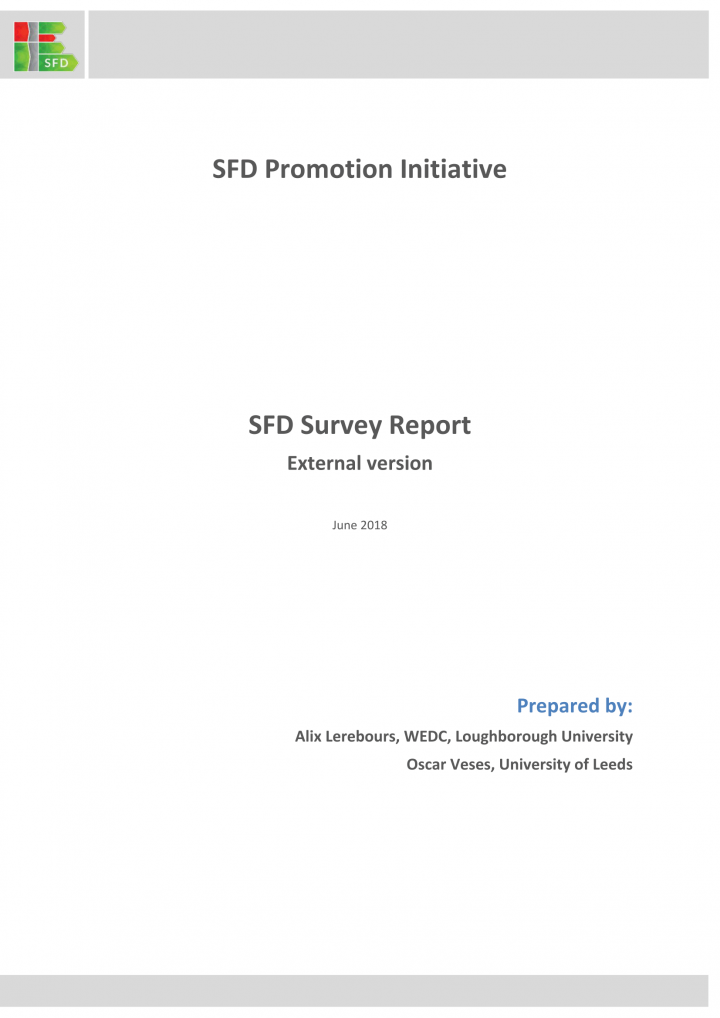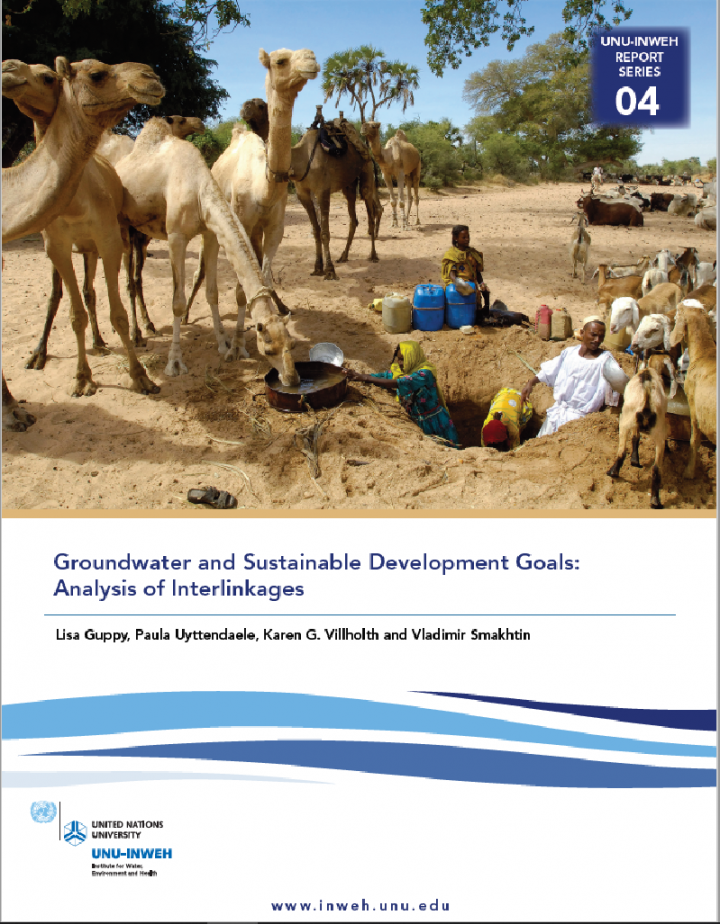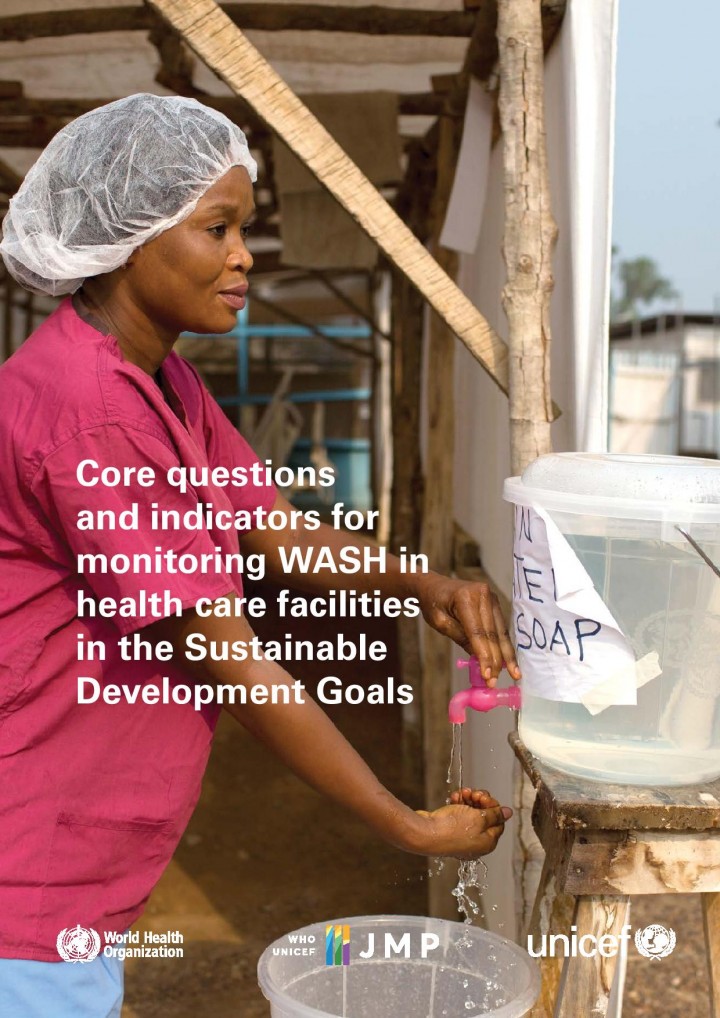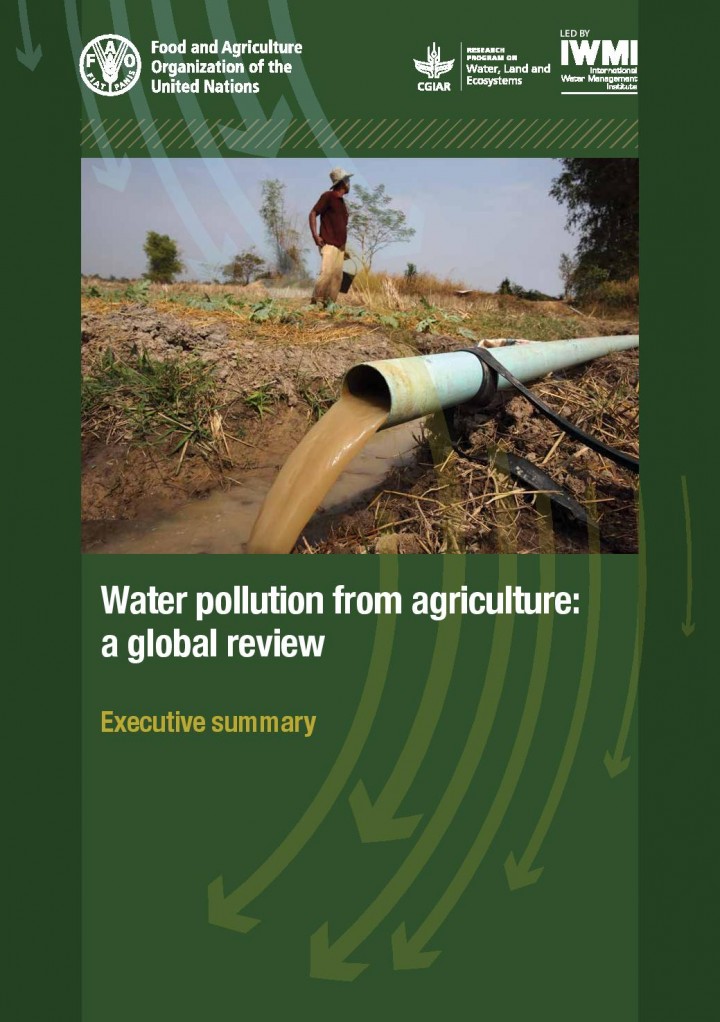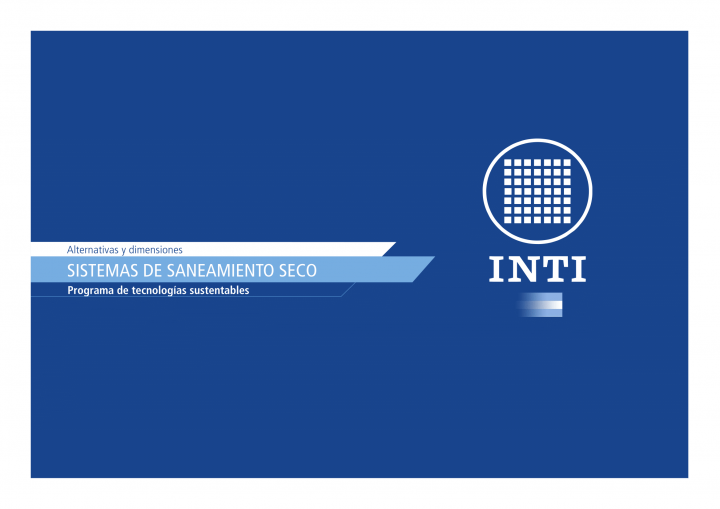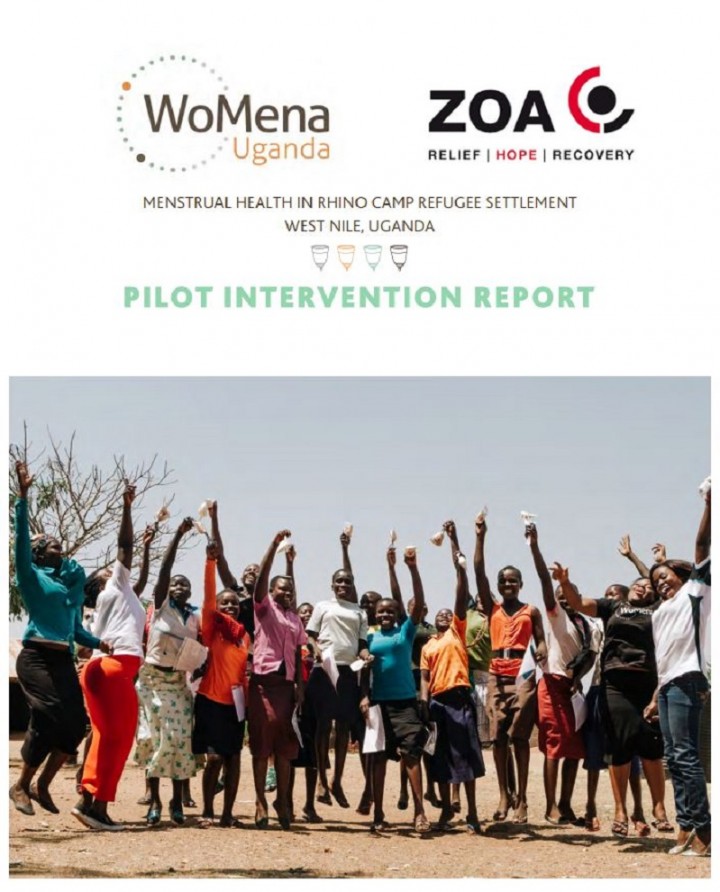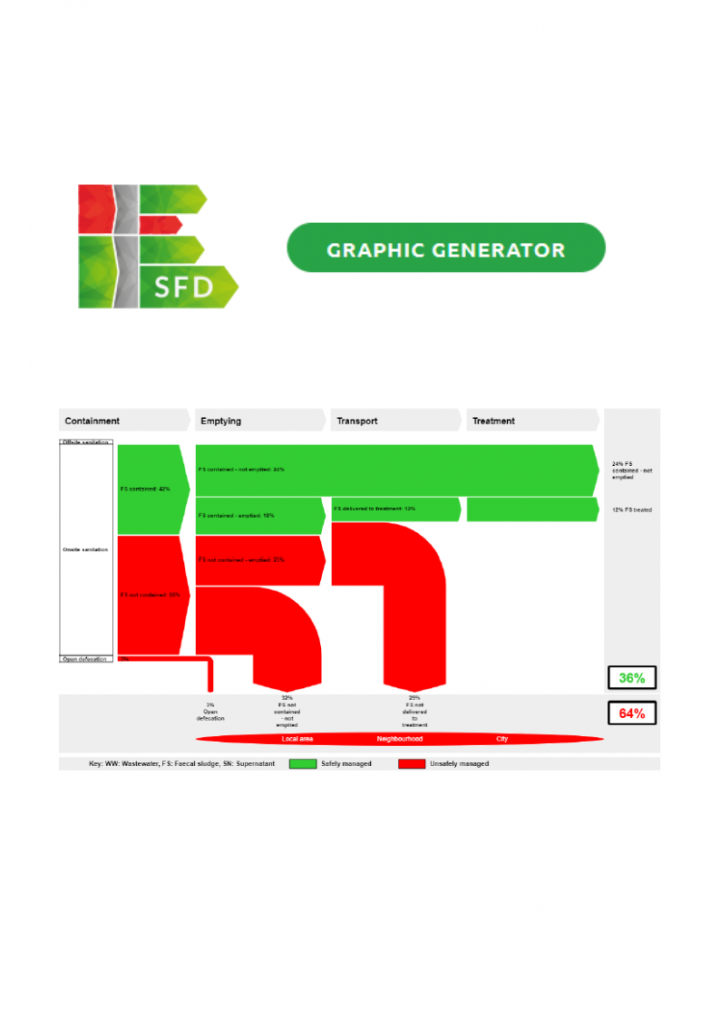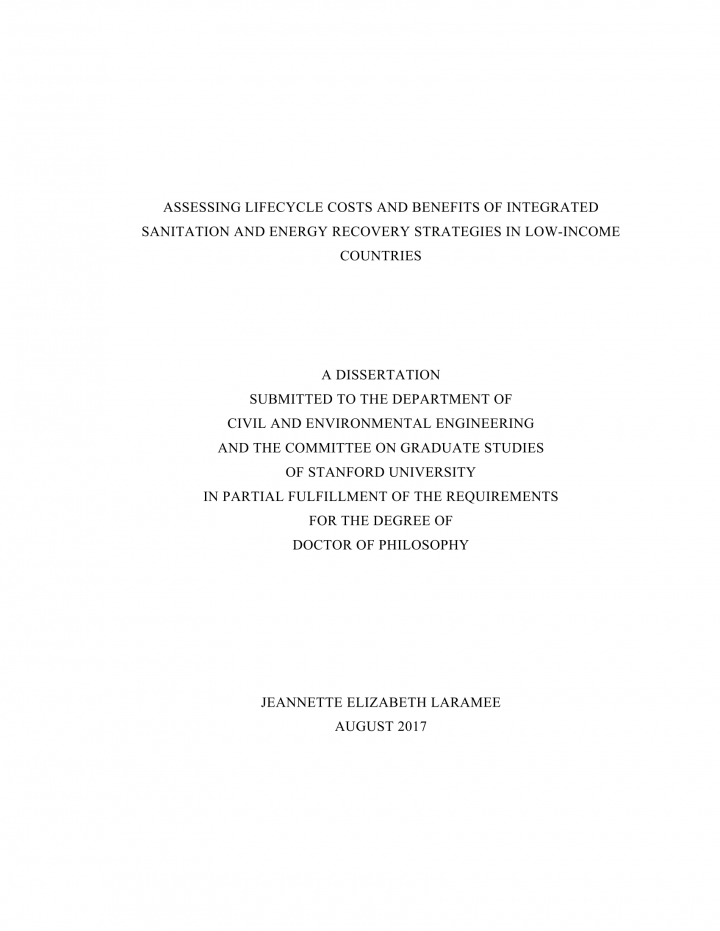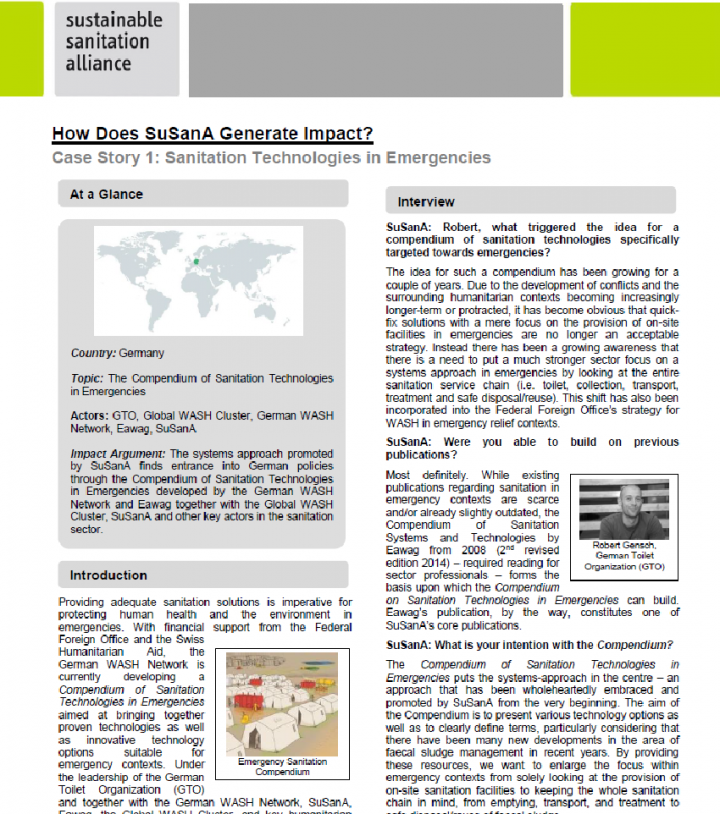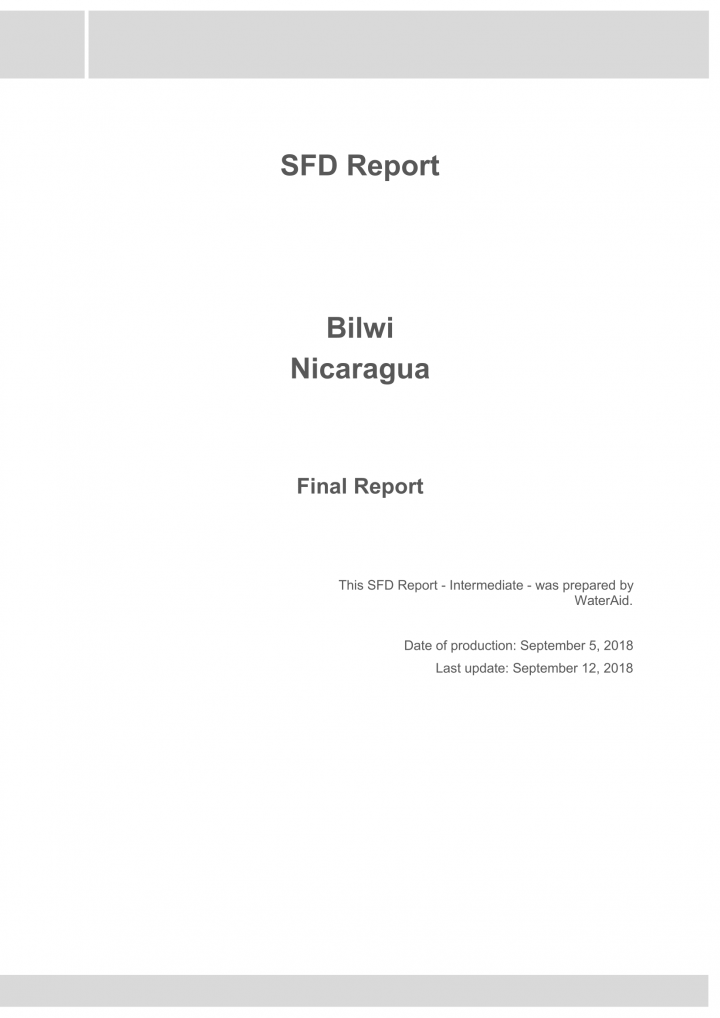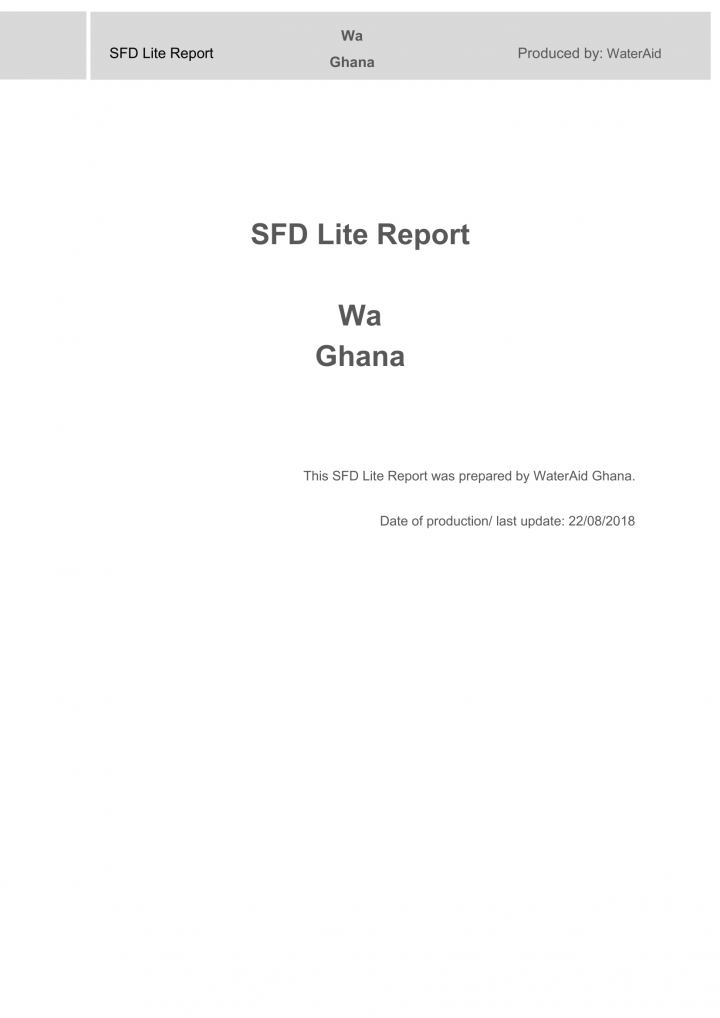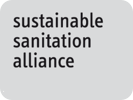SFD Promotion Initiative (2019) SFD Report Templates and Guidance Documents
For help with writing your SFD report or your SFD Thinking, you can use the templates: - SFD Report Template - SFD Lite Report Template - SFD Thinking Template For more support, the Guidance Notes can be consulted. These documents were produced under the SFD Promotion Initiative and have been reviewed after being field-tested in more than 40 cities in Africa, Asia and Latin America. The results of this project […]
WoMena (2018) WoMena FAQs: Is there any connection between menstrual cups and infections?
WOMENA SUMMARY AND RECOMMENDATIONS Many women develop urogenital infections, such as bacterial vaginosis or yeast infections, at some point in their life. Prevalence rates of 20-30% or more have been documented in both high-, middle- and low-income countries. Many infections are asymptomatic, meaning that those who have the infection do not know. Menstruation is a normal, physiologic process that does not, by itself, cause infection. However, the products […]
Polak, M., Ziegler, D., Bockelman, D., Schmidt, M., Zimmermann, E. (2018) 40 Years of German-Jordanian Technical Cooperation in the Water Sector
In early 1967, the Hashemite Kingdom of Jordan was among the first Arab states to re-establish diplomatic relations with the Federal Republic of Germany, leading to the development of an ever since continuing development cooperation programme. In consequence, GTZ/GIZ has been supporting the Jordanian water sector in tackling its many challenges for over 40 years: Between 1975 and 2016, a total of 30 projects were […]
von Sperling, M. (2016) Urban wastewater treatment in Brazil
The major focus of this report is the description and critical analysis of the main wastewater treatment processes used in Brazil. Special emphasis is given to small to medium size communities with populations lower than 100,000 inhabitants, which represent approximately 95% of the 5,570 Brazilian municipalities. In terms of coverage, around 40% of the sewage generated in Brazil is treated, with an estimated number of treatment plants in the order […]
Tellier, S., Hyttel, M. (2018) Menstrual Health Management in East and Southern Africa: a Review Paper
The review paper aims to identify possible linkages to SRHR-related issues, and to provide an overview of MHM policies and programs in the ESA region, with a focus on education, school and community-based sexuality education, WASH, sexual and reproductive health, workplace support and humanitarian programming, as well as opening up the discussion regarding marginalized groups of women and girls such as disabled, prisoners and transgender […]
UNDP (2018) What does it mean to leave no one behind? A UNDP discussion paper and framework for implementation
With the adoption of the 2030 Agenda, UN Member States pledged to ensure “no one will be left behind” and to “endeavour to reach the furthest behind first”. This paper advances a framework that governments and stakeholders can use to act on their pledge in a way that enables and accelerates progress to achieve the Sustainable Development Goals (SDGs). It also seeks to inform the manner […]
Mateo-Sagasta, J., Marjani Zadeh, S., Turral, H. (2018) More people, more food, worse water? A Global Review of Water Pollution from Agriculture
We need a much better understanding of the causes and effects of agricultural water pollution as well as effective means to prevent and remedy the problem. In the existing literature, information on water pollution from agriculture is highly dispersed. This repost is a comprehensive review and covers different agricultural sectors (including crops, livestock and aquaculture), and examines the drivers of water pollution in these sectors […]
منظمة الصحة العالمية وبرنامج الأمم المتحدة للمستوطنات البشرية (2018) Water and Sanitation (6) (Arabic) المياه النّظيفة و المياه الصّحيّة
إن توافر مياه نقية ويسهل الحصول عليها بالنسبة للجميع هو جزء أساسي من العالم الذي نريد أن نحيا فيه. وتوجد مياه عذبة كافية على كوكب الأرض لتحقيق هذا الحلم. ولكن نتيجة لسوء البرامج الاقتصادية أو لضعف البنية التحتية يموت كل سنة ملايين من البشر، معظمهم أطفال، من جراء أمراض مرتبطة بقصور إمدادات المياه والصرف الصحي والنظافة العامة. وشحة المياه وسوء نوعيتها وقصور الصرف الصحي هي عوامل […]
WHO, IWA (2018) Strengthening Operations & Maintenance through Water Safety Planning A Collection of Case Studies
Strong operations and maintenance (O&M) programmes underpin the effectiveness and sustainability of drinking-water supply systems. Increased attention to and investment in O&M is needed to ensure that water safety and service delivery targets are consistently met and that public health is protected. Water safety plans (WSPs) are a valuable tool to strengthen O&M programmes, and may contribute to improved O&M by supporting the systematic assessment, prioritization […]
SFD Promotion Initiative (2018) SFD Survey Report
This report summarizes the results obtained from an on-line survey conducted by the Shit Flow Diagram Promotion Initiative (SFD-PI) as a key deliverable of the SFD project. The survey was launched on April 11th, 2018 and ran for three weeks until May 1st, 2018. The survey was intended to collect people’s opinions about different aspects of the SFD project, including the web portal, the manual, various tools, all […]
Guppy, L., Uyttendaele, P., Villholth, K. G., Smakhtin, V. (2018) Groundwater and Sustainable Development Goals Analysis of Interlinkages
Groundwater represents 97% of the world’s available freshwater resources and is extensively abstracted throughout the world. While abundant in a global context, it can only de developed to a certain extent without causing environmental impacts. Also, it is highly variable across the globe, and where it is heavily relied on, it is less renewable. Hence, it is critically important that this resource is managed sustainably. […]
WHO, UNICEF (2018) Core questions and indicators for monitoring WASH in health care facilities in the Sustainable Development Goals
WHO and UNICEF, working with the Global Task Team for monitoring WASH in health care facilities (HCF), have developed a set of core questions and indicators for WASH in HCF, in support of monitoring WASH in the 2030 Agenda for Sustainable Development. The indicators include definitions for basic water, sanitation, hand hygiene, health care waste management, and environmental cleaning services. WHO and UNICEF are in […]
Mateo-Sagasta, J., Marjani Zadeh, S., Turral, H. and Burke, J. (2017) Water pollution from agriculture: a global review Executive summary
Water pollution is a global challenge that has increased in both developed and developing countries, undermining economic growth as well as the physical and environmental health of billions of people. In many countries the biggest source of water pollution today is agriculture - not cities or industry - while worldwide, the most common chemical contaminant found in groundwater aquifers is nitrate from farming, according to […]
Fernandez Curutchet, M., Dabbah, F., Hock, D. (2018) Alternativas y dimensiones de sistemas de saneamiento seco en formato gráfico (in Spanish) Alternatives and dimensions of dry sanitation systems in graphic format
El programa de Tecnologías Sustentables promueve la difusión, capacitación, legislación e implementación de los sistemas de saneamiento descentralizados domiciliarios y municipales donde incluimos a los sistemas de saneamiento seco. Con asistencia gráfica y editorial de los estudiantes del último año de la escuela secundaria San Antonio de Padua de Jose Leon Suares, Buenos Aires, Argentina, quienes realizaron una pasantia de 200hs como primera experiencia laboral se […]
Gade, A., Hytti, L. (2017) Menstrual health in Rhino Camp refugee settlement, West Nile, Uganda Pilot project intervention report
A Menstrual Health pilot project by WoMena and ZOA implemented among South Sudanese refugees and host population in Rhino Camp Refugee Settlement in northern Uganda. The pilot involved 4 primary schools, including students, parents and teachers, over 6 months. 4 different distribution models were applied among the participants; one school got MCs only, one school got reusable pads only, one school could choose one of […]
SFD Promotion Initiative (2018) Guidance for using the SFD Graphic Generator
The three guidance documents serve the purpose to facilitate and enhance the usage of the SFD Graphic Generator (GG). The "Classification Tool" helps SFD producers to select the most appropriate sanitation systems from the SFD Selection Grid. A support to the step 2 of the SFD GG, the estimation of the proportion of contents of each type of onsite container (tank or pit) which is […]
Laramee, J. E. (2017) Assessing Lifecycle Costs and Benefits of Integrated Sanitation and Energy Recovery Strategies in low-income Countries (PhD thesis)
By mid-century, the global urban population is projected to increase by 2.4 billion people with 60% of growth expected to take place in cites of sub-Saharan Africa (SSA) and South Asia (SA) (UN-DESA, 2015). These regions have some of the lowest rates of urban sanitation coverage and modern fuel access, with only 41% and 67% estimated to have access to improved sanitation and 19% and […]
SuSanA (2019) How does SuSanA generate impact? A compilation of SuSanA Impact Stories
Selected sanitation projects from different parts of the world were requested to report on how SuSanA had influenced the work carried out. This resulted in a variety of evidence indicating that SuSanA can have a far-reaching effect providing expertise, convenor of meetings, a source of online information, networked contacts, discussion platform and a place to disseminate reports and publications. Case Story 1: Sanitation Technologies in Emergencies Case […]
Briemberg, J. (2018) SFD Report - Bilwi, Nicaragua SFD Promotion Initiative
Bilwi (also known as Puerto Cabezas) is located in the northeast of Nicaragua on the Caribbean coast. The current population size is estimated to be between 66,790 and 73,615 based on between 12,205 and 14,723 registered properties that are currently inhabited with an average population of five people per lot and a population density in the order of 15,000/km2. Bilwi has demonstrated an accelerated growth […]
WaterAid (2018) SFD Lite Report - Wa, Ghana SFD Promotion Initiative
The Upper West Region of Ghana is located in the north-western corner of Ghana with the Wa Municipality in the south-eastern part of the Upper West region. Currently, the total population of the Municipality stands at 127,284 and its population density is 542 persons per sq. km. The Municipality has an urban population growth rate of 4% as compared to the national urban growth rate […]
